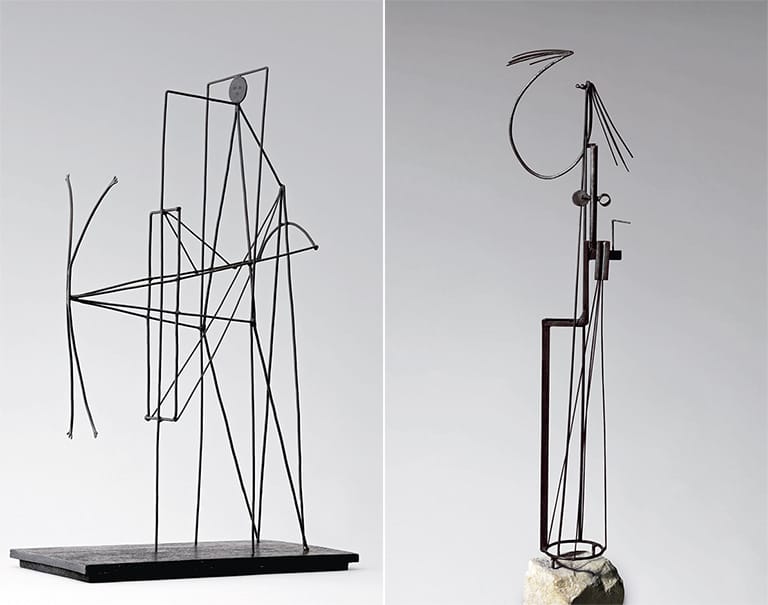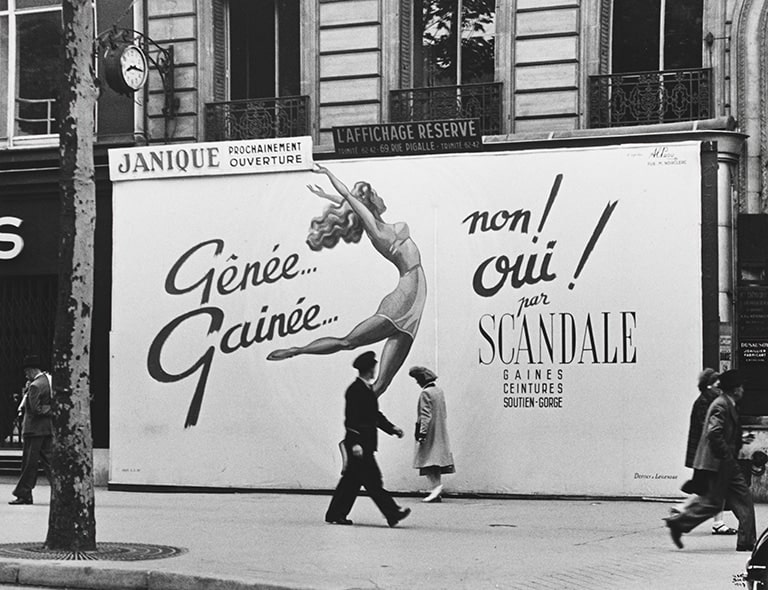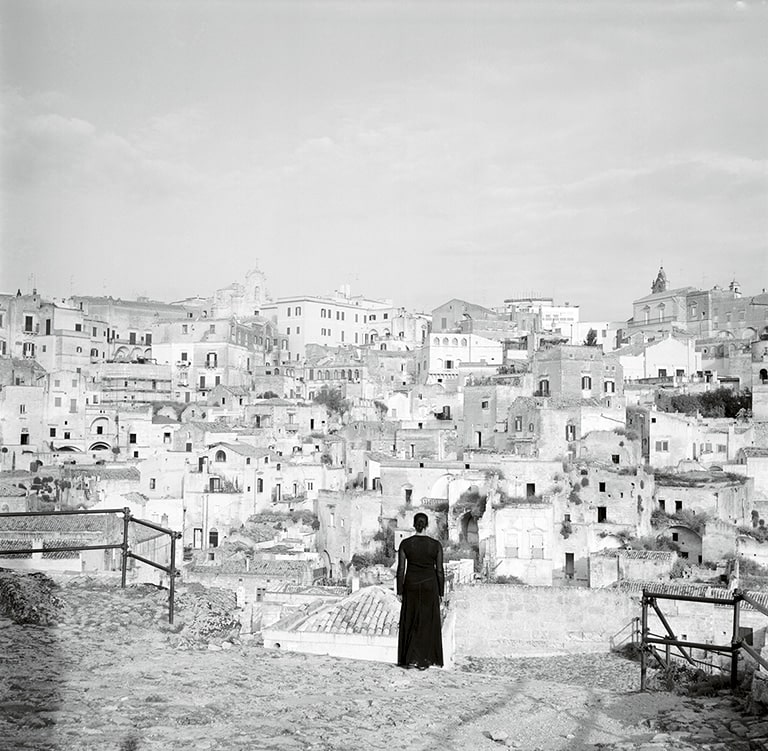Disque Portugal

Sonia Delaunay
Disque Portugal, 1915
© L&H Services B.V., La Haya 20090907, for the works by Sonia Delaunay-Terck
© Fundación MAPFRE COLLECTIONS
1915, year 1910 – 1920
Entry date: 2004
Technique
Tempera (gouache) on paper
Dimensions
Paper size: 26.5 × 20 cm
Frame size: 58.2 x 56 x 4 cm
Inventory
FM000273
Description
Sonia Delaunay worked on the application of avant-garde artistic forms to the creation of everyday objects – clothing, furniture, etc. – as well as graphic design and theatrical sets. More specifically, the Delaunay name is associated with Simultaneism or Orphism, a movement related to Cubism and Futurism, though with its own characteristics, such as a particular emphasis on the study of light. This led them to create pioneering abstract images, as they felt that the reproduction of natural forms, though essentially geometric, would detract from the conceptual purity they sought in their pictures.
Disque Portugal contains one of the most characteristic visual formations of the Delaunays: concentric circles, which they called “solar discs”, evincing their interest in light through the glorification of color and the desire to study the limits and possibilities of perception based both on romantic theories – Goethe’s theory of color – and the myth of the “innocent eye” cultivated by the Impressionists. Disque Portugal was created in the second half of 1915, when Sonia traveled from Spain to Portugal in August, settling with Robert in Vila do Conde, to the north of Porto. In that country they found a new light: “Following the cold and transparent light of Madrid, she produced a series of paintings under the warmer, more human, sun of Portugal,” recalled Robert in From Cubism to Abstract Art (quoted by Paloma Alarcó in Robert and Sonia Delaunay. 1905-1914, Madrid, Thyssen-Bornemisza Museum, 2002, p. 181). This new light was combined with the recovery of a technique – encaustic, or hot wax painting – that the Delaunays had learned in Paris and passed on to their Portuguese friends. This technique, which managed to achieve an effect of tremendous color saturation, featured in many of the works associated with their time on the Iberian Peninsula, such as the famous Flamenco Singers (Fundação Calouste Gulbenkian, Lisbon), in which the concentric circles typical of Simultaneism still leave a glimpse of descriptive forms of reality.
In contrast, in Disque Portugal, the tension between representation and abstraction leans towards the latter. Disregarding any desire to transcribe physical reality, attention is fixed on the fact of light in itself, concentrated on the atmospheric expansion of the sun and the proliferation of incandescent colors. An image that constitutes a visual metaphor of simultaneity, of the utopian ubiquity narrated by the Delaunays with communicative instantaneity, a concept they intuited as a sign of the times that were beginning.
[María Dolores Jiménez-Blanco]
BARON, Stanley, Sonia Delaunay. The Life of an Artist. London, Thames and Hudson, 1995.
BUCKBERROUGH, Sherry A., Sonia Delaunay. A Retrospective, exh. cat. Buffalo, Albright-Know Art Gallery, 1980.
COHEN, Arthur A. (ed.), The New Art of Color: The Writings of Robert and Sonia Delaunay. New York, The Viking Press, 1978.
DAMASE, Jacques, Sonia Delaunay. Rythmes-couleurs. Paris, Éditions de la Galerie Motte, 1966.
DAMASE, Jacques, Sonia Delaunay. Fashion and Fabrics. New York, Harry N. Abrams, 1991.
Delaunay und Deutschland, exh. cat. Munich, Staatsgalerie Moderner Kunst im Haus der Kunst, 1985.
DELAUNAY, Robert, From Cubism to Abstract Art. Unpublished Documents, published by Pierre Francastel. Paris, SEVPEN, 1957.
DELAUNAY-TERK, Sonia, We will go right up to the sun. Paris, Laffont, 1978.
DELAUNAY-TERK, Sonia, Sonia Delaunay. Word Poetry. Poetry of Colors. Paris, Denise René, 1962.
DORIVAL, Bernard, Sonia Delaunay. Sa vie, son oeuvre 1885-1979. Paris, Jacques Damase, 1980.
Robert et Sonia Delaunay, exh. cat. Paris, City of Paris Museum of Modern Art, 1987.
ROUSSEAU, Pascal, La aventura simultánea. Sonia y Robert Delaunay en Barcelona. Barcelona, University of Barcelona, 1995.




